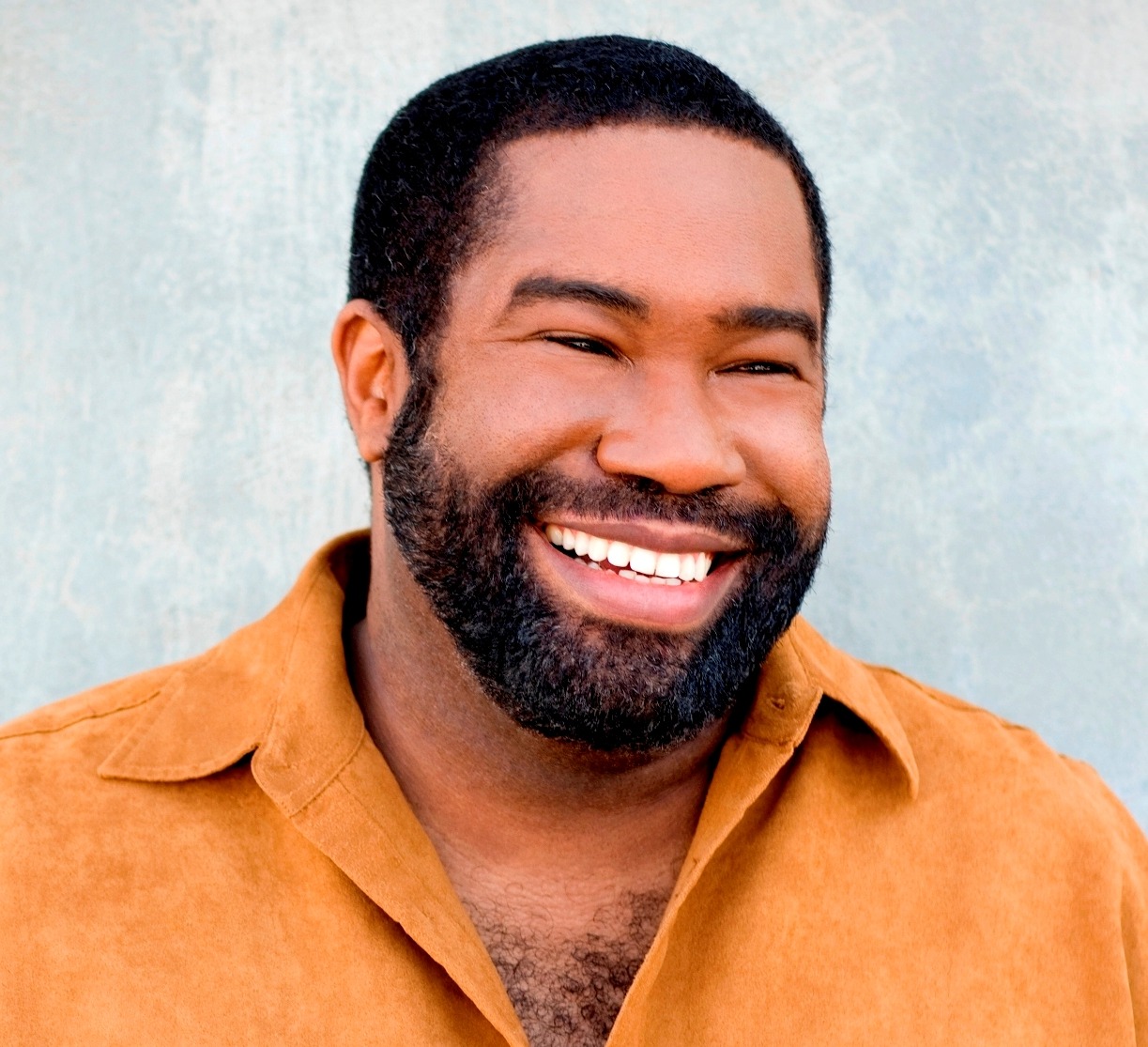Tag: Vancouver Playhouse
-
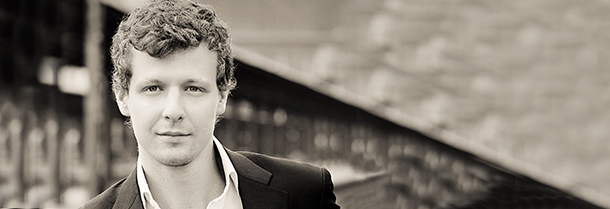
PROGRAM NOTES: ISTVÁN VÁRDAI
Felix Mendelssohn Variations Concertantes Op. 17 Felix was not the only musician in the Mendelssohn family. His older sister Fanny Mendelssohn Hensel (1805-1847) was a prodigiously talented pianist and composer, although she chose marriage over a public career, and his younger brother Paul Mendelssohn (1812-1874) was no slouch as a cellist, to judge by the…
-
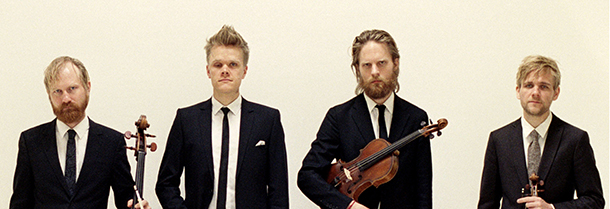
PROGRAM NOTES: THE DANISH STRING QUARTET
Johann Sebastian Bach Well-Tempered Clavier II Fugue No. 7 in E-flat major BWV 876 (arr. Mozart) In 1782 Mozart’s patron, Baron Gottfried van Swieten, showed the composer a number of manuscripts of the works of Johann Sebastian Bach and encouraged him to make string arrangements for performance at the Baron’s regular series of Sunday afternoon…
-

PROGRAM NOTES: NAREK HAKHNAZARYAN
César Franck: Sonata in A major For most of his life, Franck led a relatively quiet existence as an organist and pedagogue, emerging from obscurity as a composer only near the end of his life. His only violin sonata (which has also been arranged for numerous other instruments, notably flute, viola and cello) was created…
-

SOME THOUGHTS ON OUR UPCOMING 12-13 SEASON
Today we want to share with you a few thoughts and facts about our recently announced 2012-2013 season: UP FIRST: On October 5 András Schiff will open the 33rd season with an all-Bach program. In fact, András was one of the first artists who launched the Vancouver Recital Society in 1981. Like so many…
-

SAFEGUARDING THE ARTS IN VANCOUVER
By now, many of you have heard the sad news that the Playhouse Theatre Company commenced to wind down operations as of March 10. On the preceding day, Leila and I attended the announcement, which could only be described as a wake for a departed loved-one. An unusual silence fell over the assembled group…
-
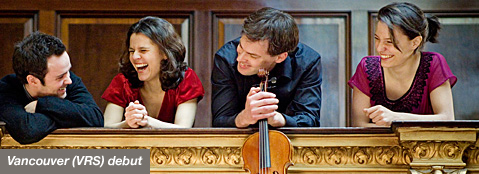
PROGRAM NOTES: ELIAS STRING QUARTET
Wolfgang Amadeus Mozart: String Quartet no. 18 in A major, K. 464 This is the fifth of the six “Haydn” quartets – everyone a masterpiece – that Mozart wrote in the mid-1780s. The identification with Haydn derives from the older composer’s direct influence on his colleague in the matter of string quartet writing. Specific elements…
-
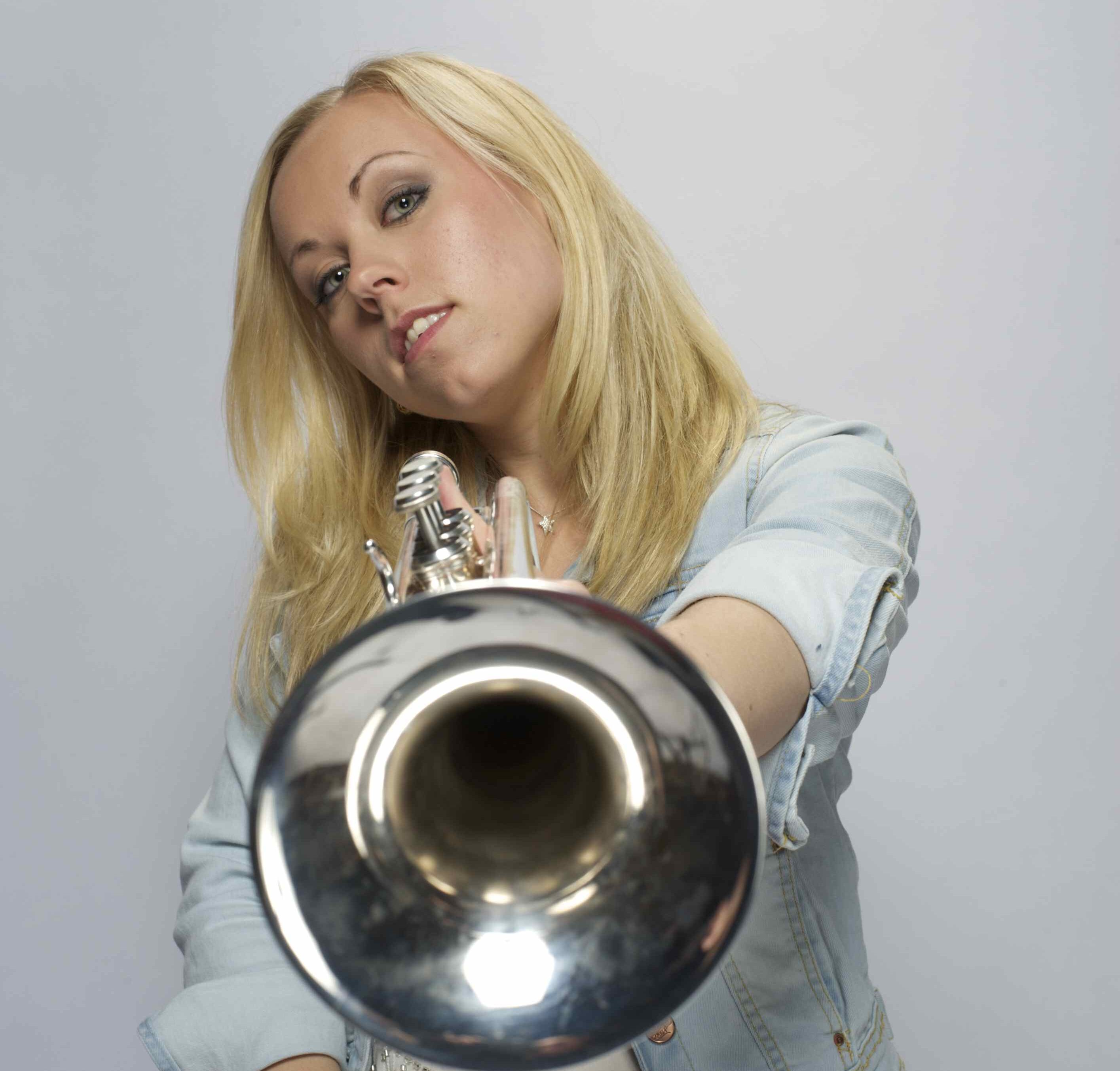
PROGRAM NOTES: TINE THING HELSETH
Tine Thing Helseth, trumpet Havard Gimse, piano Next Generation Series at The Vancouver Playhouse Sunday, February 5, 2012 Bohuslav Martinů: Sonatina for Trumpet and Piano Bohuslav Martinů followed in the footsteps of his compatriots Dvořák, Smetana, Janáček and Suk in the incorporation of elements from Bohemian and Moravian folk music into his works. Martinů was…
-
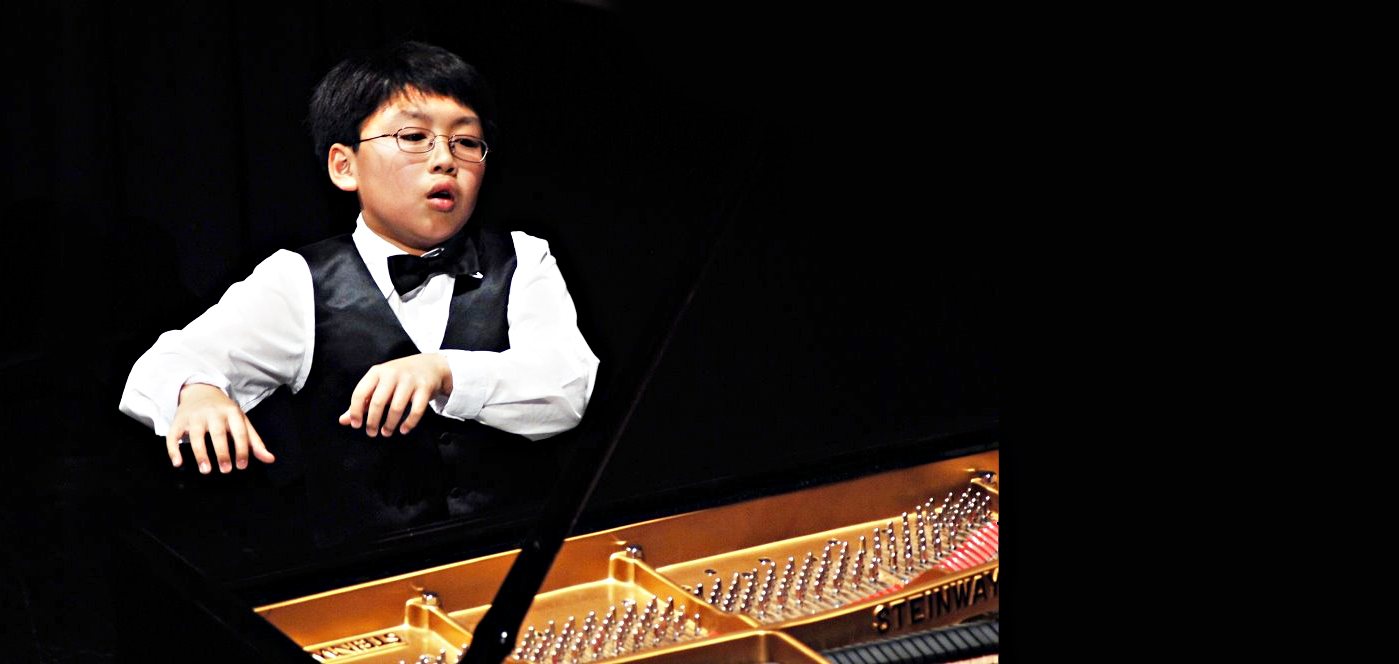
PROGRAM NOTES: GEORGE LI
George Li Program Notes Performance: Vancouver Playhouse, Sunday, December 4, 2011 Carl Czerny Variations on a Theme by Rode, Op. 33 (“La Ricordanza”) Most concertgoers know Carl Czerny only as the early nineteenth-century pedagogue who churned out endless dull exercises that continue to be inflicted upon piano students this day. True, he did compose a…



